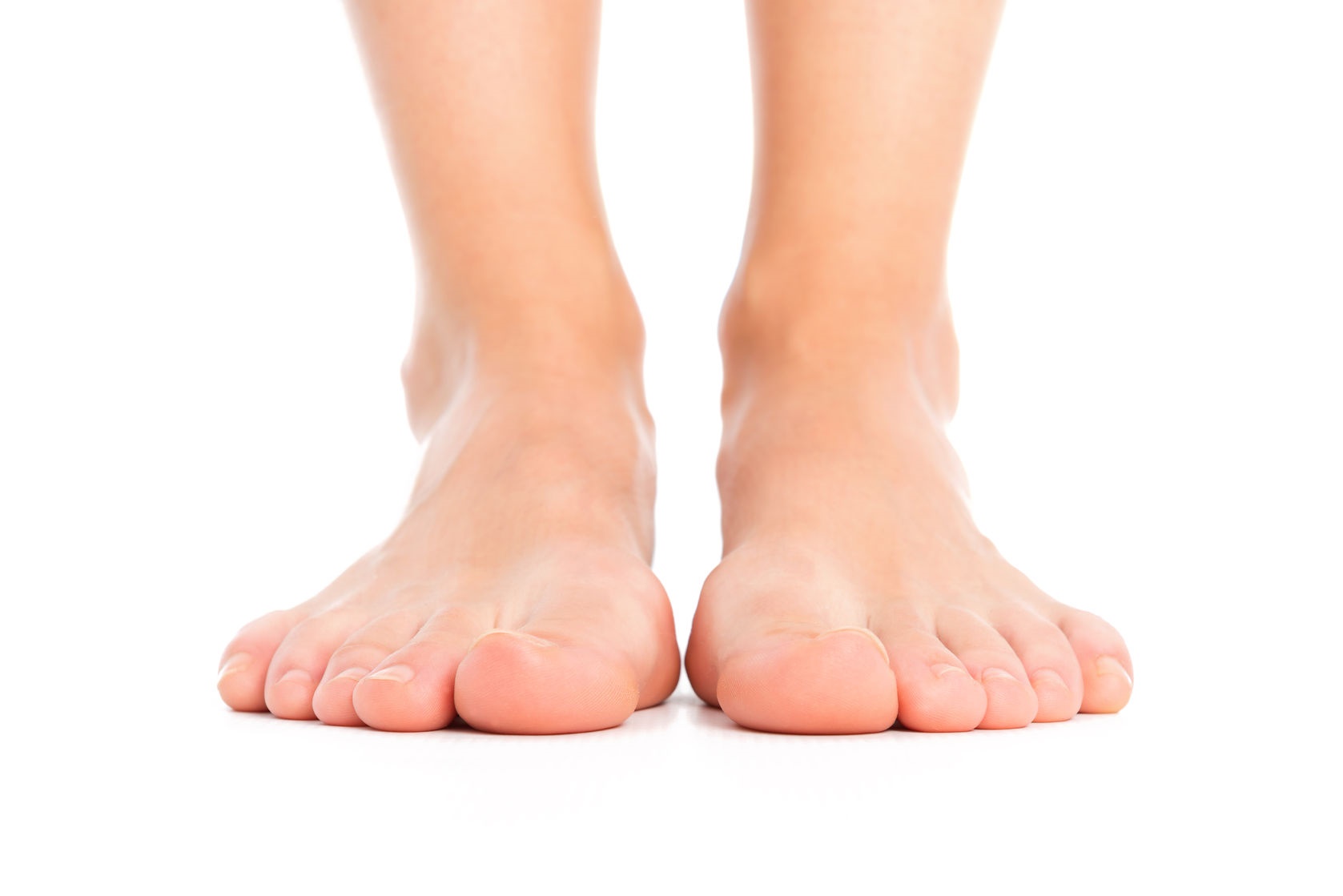Nerve damage may occur with symptoms such as numbness, pins, and needles, burning sensations or complete lack of sensation. This is called neuropathy. As a result, you may not feel your feet properly. This will make them more susceptible to damage from ill-fitting shoes, heat or small sharp objects.
A reduction in your blood supply may be evident with symptoms such as cramping in your calves when walking or in bed, cold feet or swelling in your lower limbs.
As a result, any minor break in the skin may not be felt due to the reduced or lack of sensation. Coupled with the reduced circulation, diabetics may suffer from delayed healing. This can fester the minor cut into a chronic ulcer and require amputation if left untreated.
Keeping your diabetes under control and having regular foot examinations by a registered Podiatrist will help prevent any damage or deterioration.
Important Notice!
If you notice any signs of swelling, heat, redness, exudates or pain in your feet, please contact your Doctor or Podiatrist immediately.
Caring For Your Diabetic Feet
Skin
Daily checks are crucial in detecting damage to your diabetic feet. Please ensure that you check your feet daily (including the interdigital spaces) for the following:
- Blisters
- Bruising
- Break in the skin
- Wounds
- Redness
- Swelling
- Heat
Any minor cuts or blisters should be covered with a sterile cotton plaster and referred to your Doctor or Podiatrist.
Daily washing of your feet in luke-warm water with a moisturizing soap will help keep your feet clean. Do not soak your feet for more than 5 minutes. If you have reduced sensation and cannot feel heat or cold, please test the water with your elbows before washing, bathing or showering.
Dry your feet thoroughly especially in between your toes with a soft towel. This will remove any bacteria or fungi thriving in that area. Please refrain from using a hairdryer to dry your feet.
For moist, sweaty, macerated skin in between your toes, apply surgical spirits a few times a week in between your toes with a cotton bud.
To prevent dry skin, please use a urea-based cream on the top and bottom of your feet regularly. Please ensure that you do not apply any cream in between your toes.
Simple callus (hard skin) can be dealt with gentle filing in a one-way motion. Please avoid the use of corn plasters as they contain salicylic acid which can damage your skin.

Nails
When cutting your nails, please follow the natural curve of the nail and avoid digging down the sides of your nails. Ensure that your nails are cut straight across, all the way across. Please take extra care to make certain that no sharp edges are left behind. Additionally, do not cut your nails too short or draw any blood whilst nail cutting. For problems such as an in-growing or fungal toenails, please consult your Podiatrist.
Socks
Your socks should be made from 100% cotton and be free from any bulky seams and have non-elasticated tops. Wearing your socks inside out will prevent the seams from rubbing. Before putting on any shoes or socks, please check inside and out for anything that may rub or cause damage to your skin such as cracks, pebbles, sand or sharp edges.
Footwear
Footwear plays an important role in the maintenance of foot health. Poorly fitting shoes can lead to discomfort, injury, deformity or even ulceration.
It is important not to walk barefoot and risk damage to your feet. Please ensure you wear slippers at home and sandals at the beach. Having an extra layer on your feet may reduce the risk of stepping on a sharp object or hot sand and damaging your skin.
Having your shoes measured before buying them will ensure that your shoes are at the correct length, width, and depth. Additionally, your shoes should have a semi-flexible sole, a low heel, with fastening such as laces or velcro straps and a deep rounded toe box. Keep an eye out for any hard seems that may rub your feet. All this will ensure that your feet are held in place securely and it will reduce the potential friction on your feet.
If you have difficulty finding shoes because of the shape of your feet, you may require bespoke shoes. Please contact your Podiatrist for a referral. If you require any further information, please contact the Diabetes Centre for an appointment to visit a Podiatrist.
References
Lorimer D, French G, O’Donnell M, Burrow J G, Wall B. (2006). Metabolic disorders. In: Lorimer D, French G, O’Donnell M, Burrow J G, Wall B Neale’s Disorders of the Foot. 7th edition. London: Churchill Livingstone. 243.
WHO. (2017). Diabetes Fact Sheet. Available: http://www.who.int/mediacentre/factsheets/fs312/en/. Last accessed 10th March 2018.

